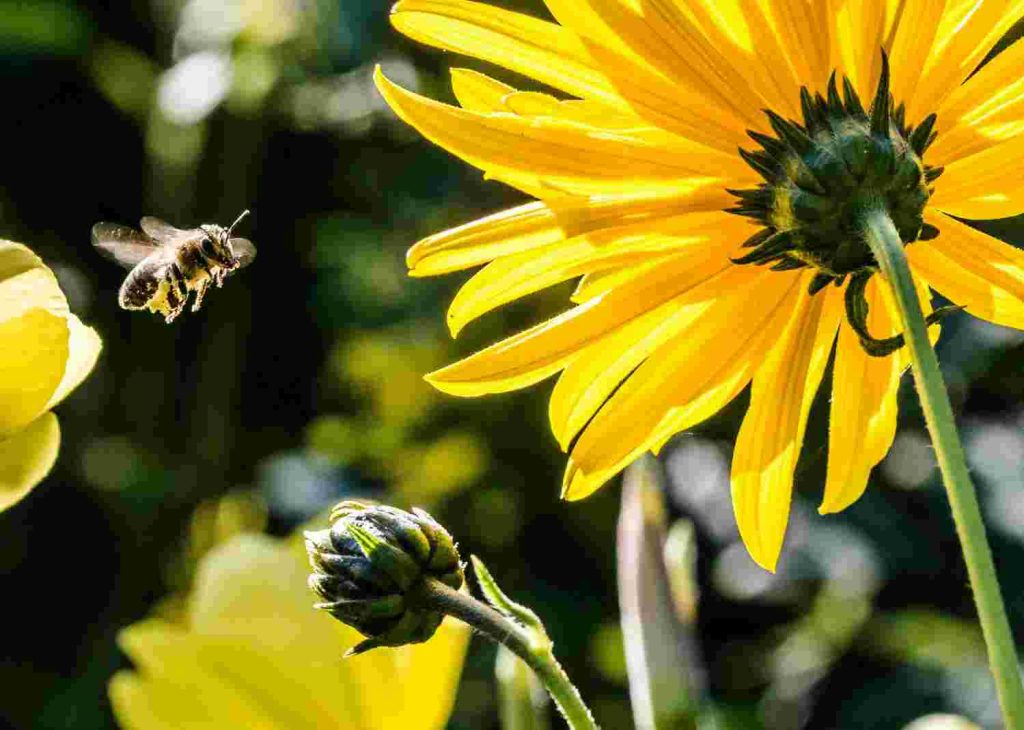The Vital Role of Bee Boxes in Modern Beekeeping
In the realm of modern beekeeping, Bee Boxes serve as indispensable tools for managing honeybee colonies. Also referred to as hive boxes or beehives, these structures provide a controlled environment that supports the natural behaviors of bees and facilitates the harvest of honey and other valuable bee products.
Understanding the Structure of Bee Boxes
A Bee Box typically comprises several essential components, including frames, hive bodies, and supers. These components are meticulously designed to accommodate the developmental stages of the colony and to optimize the harvesting process.
Functions and Significance of Bee Boxes
At its core, the primary function of a Bee Box is to serve as a sanctuary for honeybee colonies, shielding them from adverse weather conditions and predators. Beyond protection, Bee Boxes enable beekeepers to conduct routine inspections, monitor colony health, and manage honey production efficiently.

Diverse Types of Bee Boxes
Bee Boxes are available in a variety of styles tailored to different beekeeping methodologies. Common types include Langstroth hives, top-bar hives, and Warre hives, each offering distinct advantages based on the beekeeper’s preferences and regional beekeeping practices.
The Importance of Effective Bee Box Management
Effective management of Bee Boxes is crucial for sustaining healthy bee populations and maximizing honey yields. This involves regular inspections to assess colony health, proactive pest management strategies, and ensuring optimal placement to enhance bee foraging efficiency.
Bee Boxes stand as the cornerstone of modern beekeeping practices, providing essential support for the well-being and productivity of honeybee colonies. By understanding their structural components, functional significance, and the nuances of management, beekeepers can foster thriving bee populations and promote sustainable beekeeping practices.

